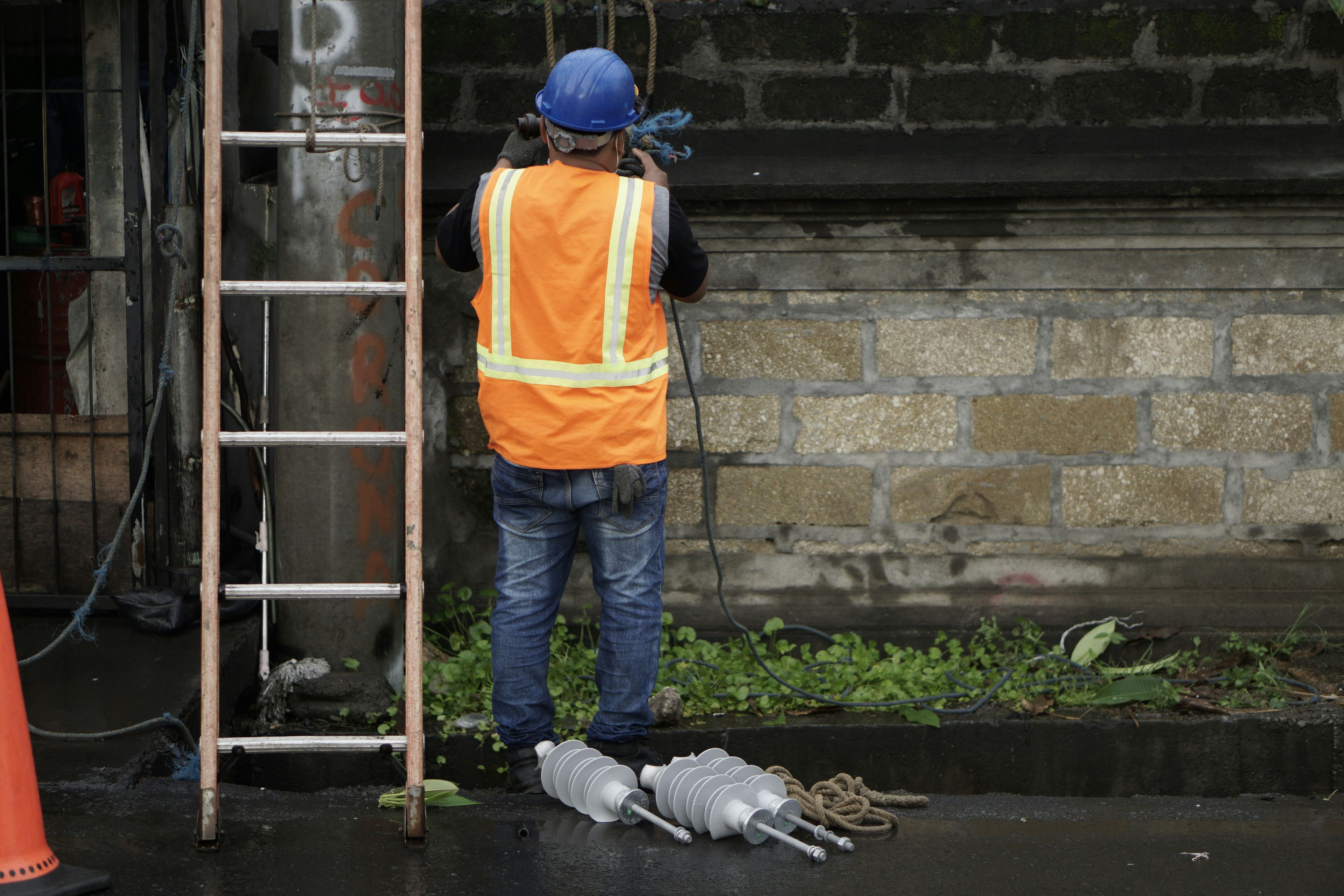Certificate IV in Work Health and Safety: Australia’s 2025 Fast-Track to a Safer Workplace

1. Why a Certificate IV in Work Health and Safety Now?
Australia’s workplaces face tougher legislation than ever. The model Work Health & Safety Act now allows industrial manslaughter penalties of up to $18 million for corporations and 20 years’ jail for individuals, forcing every employer to prove real safety competence on the ground. At the same time, national recruiters report a double-digit jump in vacancies for WHS officers and advisers through 2024–25.
Enter the Certificate IV in Work Health and Safety (BSB41419)—a course built to give frontline supervisors and aspiring safety specialists the technical skills, legal literacy and hands-on experience regulators expect.
2. What the Qualification Covers
Registered on Training.gov.au, BSB41419 equips you to:
- interpret WHS Acts, regulations and codes of practice
- identify hazards, assess risk and write action plans
- coordinate consultation and toolbox talks
- investigate incidents and recommend controls
- contribute to continuous-improvement projects in any industry
You’ll complete ten core units in legislation, risk management, incident response and consultation, then choose eight electives such as contractor management, ergonomics or return-to-work coordination, allowing you to tailor the certificate to construction, mining, healthcare or corporate settings.
3. How You Can Study
Delivery is flexible:
- Boot-camp intensives—for example, OHSA’s five-day face-to-face program plus post-course projects, popular with FIFO workers.
- Blended block release—TAFE campuses mix classroom, site visits and online tasks over six to nine months.
- 100 % online—self-paced portals with trainer webinars, letting shift workers study around rosters.
Regardless of mode, you’ll compile a workplace portfolio—risk registers, safe-work method statements, investigation reports—proving competence against every unit.
4. Entry Requirements and Recognition of Prior Learning
There are no strict academic prerequisites, but RTOs expect sound English literacy and current workplace access so you can gather evidence. Many providers offer Recognition of Prior Learning (RPL) to experienced supervisors, potentially shaving months off study time and hundreds off fees.
5. Real-World Career Outcomes
Typical job titles after graduation include WHS Coordinator, Safety Officer, Site Safety Advisor and Return-to-Work Facilitator. SEEK listings in mid-2025 advertise salaries from $85 000 – $105 000 for metropolitan roles, with resource-sector positions climbing higher. Employers love that the certificate proves you can run a toolbox talk today and draft a policy tomorrow—skills that cut insurance premiums and reduce downtime.
6. Next Steps After the Certificate
Many graduates:
- Move straight into advisory roles and gather on-the-job hours.
- Progress to the Diploma of Work Health and Safety (BSB51319) for multi-site or managerial positions.
- Add specialist credentials—lead auditor ISO 45001, asbestos assessor, or quality-auditing diploma—building niche expertise without leaving the workforce.
7. Choosing the Right RTO
Ask these questions before enrolling:
- Is the provider ASQA-registered and up-to-date?
- Do trainers have real industry experience—mines, construction, healthcare?
- What support hours are offered for online learners?
- Can they help arrange site-based projects if your employer can’t?
Visit at least two open days or virtual info sessions; the right cultural fit often matters as much as price.
8. Study Hacks for Busy Adults
- Schedule blocks like safety meetings—consistency beats cramming.
- Use your own workplace hazards for assignments: you’ll fix real problems while ticking assessment boxes.
- Network—classmates become future recruiters or referees.
- Archive every draft SWMS, incident report and meeting minute; they’re gold for both assessment and job interviews.
9. The Bottom Line
With harsher penalties for non-compliance and a national shortage of qualified safety professionals, the Certificate IV in Work Health and Safety is no longer a “nice-to-have.” It’s a fast, flexible route to an in-demand career that pays well and makes a tangible difference every shift. Choose your provider wisely, immerse yourself in real-world projects and you’ll graduate ready to lead the frontline charge toward zero harm.
Frequently Asked Questions
How long does the certificate take?
Anywhere from five intensive days plus post-course projects to 12 months part-time online, depending on the RTO and your experience.
Do I need industry experience before enrolling?
Not legally, but at least six months in a workplace helps you collect evidence and contextualise theory.
Will the qualification carry interstate?
Yes. The WHS training package is national, so your certificate is recognised in every Australian jurisdiction.
Is Certificate IV enough for a safety-manager role?
For small businesses, often yes. Large organisations usually want the Diploma plus practical experience, but the Certificate IV is the mandatory stepping-stone.
What if I already hold some WHS units?
Apply for RPL or credit transfer; many RTOs will map your prior statements of attainment into the new course, saving time and money.
References
- Penalties under the WHS laws | Safe Work Australia
- BSB41419 Certificate IV in Work Health and Safety | Training.gov.au
- HSE job market: senior-level professionals in high demand | Australian Institute of Health & Safety
- Certificate IV in WHS—5-Day Intensive | OHSA
- Certificate IV in Work Health and Safety (BSB41419-01) salary guide | TAFE NSW
(All information current to 26 June 2025. Always read the latest Product Disclosure Statement or RTO handbook before enrolling.)